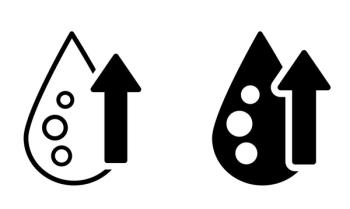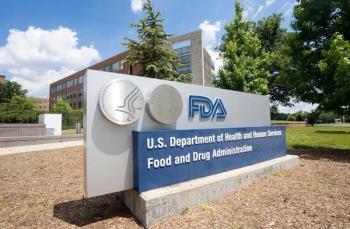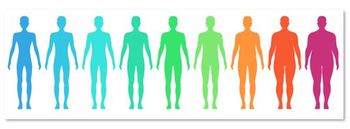
Malaria Drug Good News For Fat Mice
ST. LOUIS -- What a week for fat mice! Only days after Harvard researchers squeaked with joy about the wonders of a compound in red wine, investigators here said a drug used to treat malaria can reverse the so-called metabolic syndrome in chubby rodents.
ST. LOUIS, Nov. 7 -- What a week for fat mice!
Only days after Harvard researchers squeaked with joy about the potential wonders of a compound in red wine, investigators here said a drug used to treat malaria can reverse the so-called metabolic syndrome in chubby rodents.
In mice, the drug Aralen (chloroquine) lowers blood pressure, improves glucose tolerance, suppresses the activity of an enzyme involved in insulin resistance, and decreases diet-induced atherosclerosis, according to Clay Semenkovich, M.D., of Washington University.
As well as a possible clinical application, the finding may have implications for understanding how metabolic syndrome - characterized by hypertriglyceridemia, low HDL cholesterol, hypertension, hyperglycemia, and excess visceral adiposity - is associated with vascular disease, Dr. Semenkovich and colleagues said in the November issue of Cell Metabolism.
As many as a quarter of American adults have metabolic syndrome, the researchers said, although the underlying mechanisms are not well understood, One view, they said, is that a common unifying mechanism underlies atherosclerosis, insulin resistance, and the clinical features of the metabolic syndrome.
Support for that view comes from the rare autosomal recessive disease ataxia telangiectasia, which is characterized by cerebellar ataxia, skin and eye telangiectasias, malignancies, and immune deficiency. However, affected children also have impaired growth and glucose intolerance suggestive of insulin resistance, the researchers said.
The disease is caused by a deficiency of a protein kinase -- Ataxia Telangiectasia Mutated, or ATM -- that is involved in responding to DNA damage and also in insulin signaling, Dr. Semenkovich and colleagues said.
In a series of experiments in genetically engineered mice, the researchers showed that mice deficient in ATM, when fed a high-fat diet, developed symptoms that resemble the metabolic syndrome, as well as insulin resistance and vascular disease. Also, cells lacking ATM also showed greater amounts of the enzyme known as Jun N-terminal kinase (JNK), which is linked to insulin resistance.
Knowing that Aralen activates ATM, Dr. Semenkovich and colleagues took mice prone to vascular disease, fed them a high-fat diet, and then treated them with 7.0 mg/kg weekly of the drug.
The dose is roughly equivalent to 40 mg a week for a 70-kg person, the researchers said, where the usual dose for malaria is 250 mg a day.
The drug had no effect on serum lipids, but decreased the area of atherosclerotic lesions (compared to control animals) by up to 37% in some locations. The decreases were statistically significant, at P-values ranging from 0.0030 to 0.0084, depending on location.
The drug also significantly lowered fasting and fed glucose levels and fasting insulin levels, at P<0.05, the researchers reported.
The research sheds new light on the underlying mechanism that links the metabolic syndrome to vascular disease, according to Steven Shoelson, M.D., of Harvard in an accompanying editorial, but the Aralen results are an "interesting twist" that may lead to better control of the metabolic syndrome.
It's unlikely that Aralen itself will be the drug of choice, Dr. Shoelson said, because "many adverse reactions have been attributed to chloroquine (of which) perhaps the most disturbing is visual impairment." Indeed, Dr. Shoelson said, retinopathy associated with the drug can be permanent and can progress even after the medication is stopped.
"Other drugs with less toxicity that also activate ATM, providing this is validated as chloroquine's mechanism in these disorders, might furnish an interesting new avenue for treatment," he suggested.
Newsletter
Enhance your clinical practice with the Patient Care newsletter, offering the latest evidence-based guidelines, diagnostic insights, and treatment strategies for primary care physicians.































































































































































































































































































































